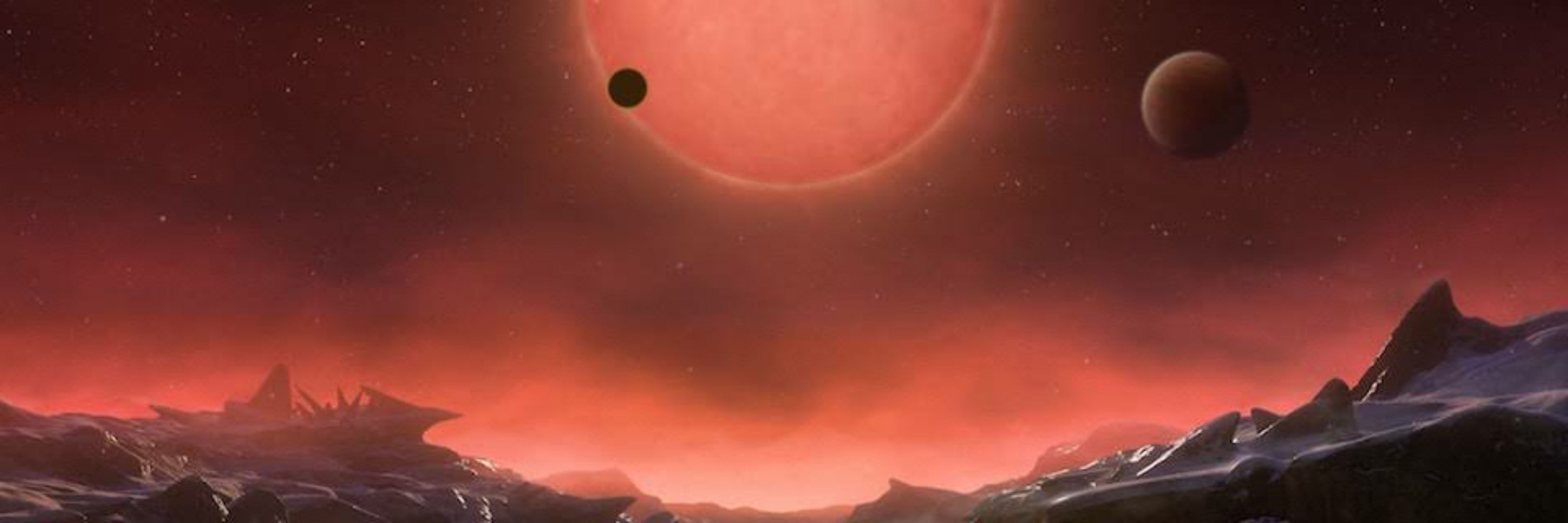
📅2024-12-05 ⏰18:44:16

📅2024-12-05 ⏰18:44:16
I have a great treat for you.
My friend @brianfulda just released this video he produced of the Solar Eclipse the USA got to experience earlier this month
Do yourselves a favour and watch.
It is incredible!!! 😍
youtu.be/uAmiNOMkBnw?...
I have a great treat for you.
My friend @brianfulda just released this video he produced of the Solar Eclipse the USA got to experience earlier this month
Do yourselves a favour and watch.
It is incredible!!! 😍
youtu.be/uAmiNOMkBnw?...
My reaction featured in @nytimes.com here:
www.nytimes.com/2024/11/22/s...

My reaction featured in @nytimes.com here:
www.nytimes.com/2024/11/22/s...
I have a great treat for you.
My friend @brianfulda just released this video he produced of the Solar Eclipse the USA got to experience earlier this month
Do yourselves a favour and watch.
It is incredible!!! 😍
youtu.be/uAmiNOMkBnw?...
I have a great treat for you.
My friend @brianfulda just released this video he produced of the Solar Eclipse the USA got to experience earlier this month
Do yourselves a favour and watch.
It is incredible!!! 😍
youtu.be/uAmiNOMkBnw?...
astrocamp.eu/en/astrophot...

astrocamp.eu/en/astrophot...
I tried it countless times. I was never successful to get a picture out of this material. Now, almost 3 years later I got a workflow (and the software) to handle this!
astrocamp.eu/en/astrophot...

I tried it countless times. I was never successful to get a picture out of this material. Now, almost 3 years later I got a workflow (and the software) to handle this!
astrocamp.eu/en/astrophot...
astrocamp.eu/en/astrophot...

astrocamp.eu/en/astrophot...
@NASAHubble Space Telescope has delivered an image of a 'galactic dance' between three galaxies 500 million light years away in the constellation Tucana.
There are two clearly defined galaxies in the image: NGC 7733 is on the lower right and NGC 7734 the top left. 🤓

@NASAHubble Space Telescope has delivered an image of a 'galactic dance' between three galaxies 500 million light years away in the constellation Tucana.
There are two clearly defined galaxies in the image: NGC 7733 is on the lower right and NGC 7734 the top left. 🤓
German Grünkohl with potatoes and Mettenden
Normaly with bacon in also , but I do it without
I don‘t know the words for Grünkohl and Mettenden a kind of sausages maybe
In germany only winter food when cold

German Grünkohl with potatoes and Mettenden
Normaly with bacon in also , but I do it without
I don‘t know the words for Grünkohl and Mettenden a kind of sausages maybe
In germany only winter food when cold
A new image taken with the Mid-Infrared Instrument (MIRI) onboard the NASA/ESA/CSA James Webb Space Telescope shows streamers of gas and dust studded with star-forming patches in NGC 346, a prominent young cluster in the Small Magellanic Cloud. 🤓🤯😍👇👇👇

A new image taken with the Mid-Infrared Instrument (MIRI) onboard the NASA/ESA/CSA James Webb Space Telescope shows streamers of gas and dust studded with star-forming patches in NGC 346, a prominent young cluster in the Small Magellanic Cloud. 🤓🤯😍👇👇👇
It appears that rogue planets, free floating worlds that aren’t gravitationally bound to a parent star, might be more common than we thought. New data from the @jamesWebbSpaceT have revealed 540 planetary-mass objects in the Orion Nebula and Trapezium Cluster. 🤓🤩👇

It appears that rogue planets, free floating worlds that aren’t gravitationally bound to a parent star, might be more common than we thought. New data from the @jamesWebbSpaceT have revealed 540 planetary-mass objects in the Orion Nebula and Trapezium Cluster. 🤓🤩👇
and right into Friday 😋🖖

and right into Friday 😋🖖
Galaxy M74 shines at its brightest in this combined optical/mid-infrared image that features data from the @NASAHubble Space Telescope and the @jameswebbtelesc Space Telescope. M74 is located in the constellation Pisces, about 32 million light-years away. 🤓🤯😍👇

Galaxy M74 shines at its brightest in this combined optical/mid-infrared image that features data from the @NASAHubble Space Telescope and the @jameswebbtelesc Space Telescope. M74 is located in the constellation Pisces, about 32 million light-years away. 🤓🤯😍👇
While monitoring our star for potential storms, @NASA's Solar Dynamics Observatory saw a smile on the face of the sun. Created by regions in the sun's outermost atmosphere where solar wind gushes out, this smiling star was showering Earth with charged solar particles.

While monitoring our star for potential storms, @NASA's Solar Dynamics Observatory saw a smile on the face of the sun. Created by regions in the sun's outermost atmosphere where solar wind gushes out, this smiling star was showering Earth with charged solar particles.

